
AeroGenie — 您的智能副驾驶。
热门趋势
Categories
France’s Top General Says FCAS Depends on Next-Generation Engine
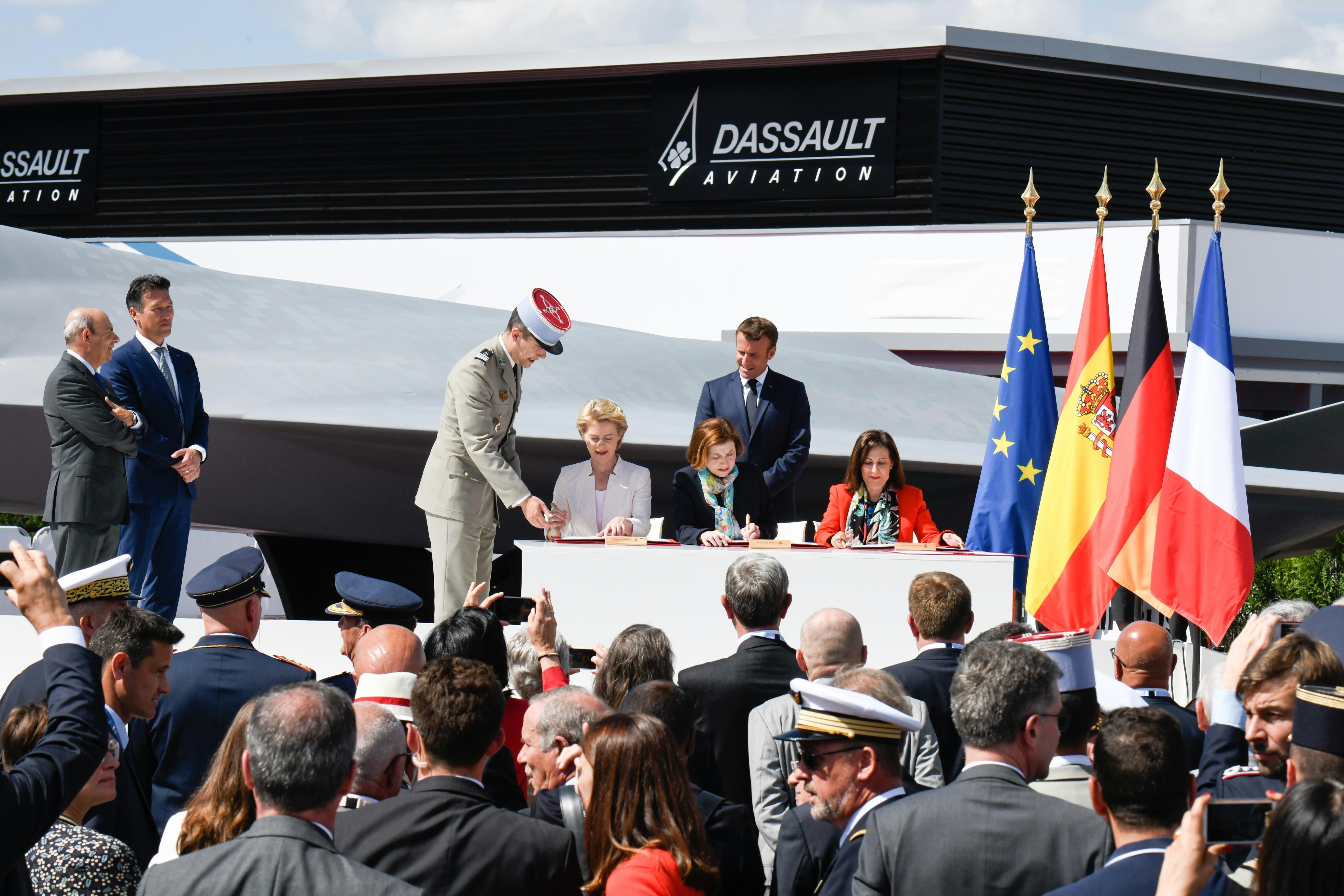
France’s Top General Highlights Engine as Pivotal to FCAS Success
France’s Chief of the Defense Staff, General Fabien Mandon, has identified the development of a next-generation fighter engine as the most significant challenge confronting the Future Combat Air System (FCAS) program. Speaking before French senators on November 5, 2025, General Mandon stressed that while France, Germany, and Spain share a common vision for the future of European air combat, the program’s ultimate success depends on delivering an engine capable of producing approximately 11 tonnes of thrust—a substantial advancement beyond current European capabilities.
“The most critical part of future combat aviation today is the engine,” Mandon stated. “To reach sufficient thrust levels, the temperatures inside the turbines must be extremely high, and there are very few materials that can withstand this.”
Engine Development: The Central Technical Challenge
Within the FCAS framework, Safran Aircraft Engines leads the development of the new powerplant, collaborating with Germany’s MTU Aero Engines and Spain’s ITP Aero through their joint venture, EUMET. This consortium is responsible for certifying and producing the next-generation engine. Concurrently, Safran is advancing the M88 T-REX, an upgraded version of the Rafale engine unveiled at the 2025 Paris Air Show. Designed for the Rafale F5, the T-REX increases thrust by 20% while maintaining the same size and modularity. It serves as a technological stepping stone toward FCAS by incorporating improved airflow, advanced turbine materials, and optimized thermal management.
General Mandon explained, “We aim to bring the propulsion capacity of our engines to nine tonnes of thrust with the T-REX project for Rafale, and to reach eleven tonnes for the new generation of combat aircraft.” This thrust target will determine the maximum mass and operational capabilities of the future FCAS platform.
The FCAS Next Generation Fighter (NGF) is expected to require an engine delivering around 11 tonnes of thrust for a 15-tonne-class airframe—significantly larger and more powerful than the Rafale’s 7.5-tonne M88 engine. The new engine, often referred to as the New Generation Fighter Engine (NGFE), will be physically larger to accommodate increased airframe and fuel capacity, though designers aim to avoid excessive weight. For comparison, the U.S. F-35’s Pratt & Whitney F135 engine produces about 18 tonnes of thrust at a dry weight of 2.9 tonnes, while the M88 delivers 7.5 tonnes at 900 kilograms. The NGFE is expected to fall between these benchmarks, necessitating new thermodynamic cycles, higher turbine temperatures, and greater mass flow.
Industrial and Strategic Implications
General Mandon emphasized the commitment of France, Germany, and Spain to preserving European autonomy in fighter propulsion, asserting, “We don’t need to buy an engine from the United States or elsewhere.” However, he acknowledged the considerable risks involved. Delays in engine development could imperil the entire FCAS timeline and fuel skepticism about the program’s progress, particularly as international competitors, including the U.S. Army, face their own challenges with next-generation engine technologies.
Maintaining technological and industrial sovereignty is regarded as critical to the FCAS program’s success. This view is echoed by industry leaders such as Italy’s Leonardo, who have underscored the importance of European control despite ongoing industrial disputes. Meanwhile, rival nations may seek to capitalize on any setbacks by advancing their own engine technologies to secure a strategic advantage.
France’s ADAMANT program, launched in 2021, aims to accelerate research into advanced turbine materials and manufacturing processes, seeking to recover lost expertise and mitigate industrial risks. As the FCAS partners advance, the future of Europe’s flagship air combat initiative will depend on overcoming these technical and industrial challenges—beginning with the engine.
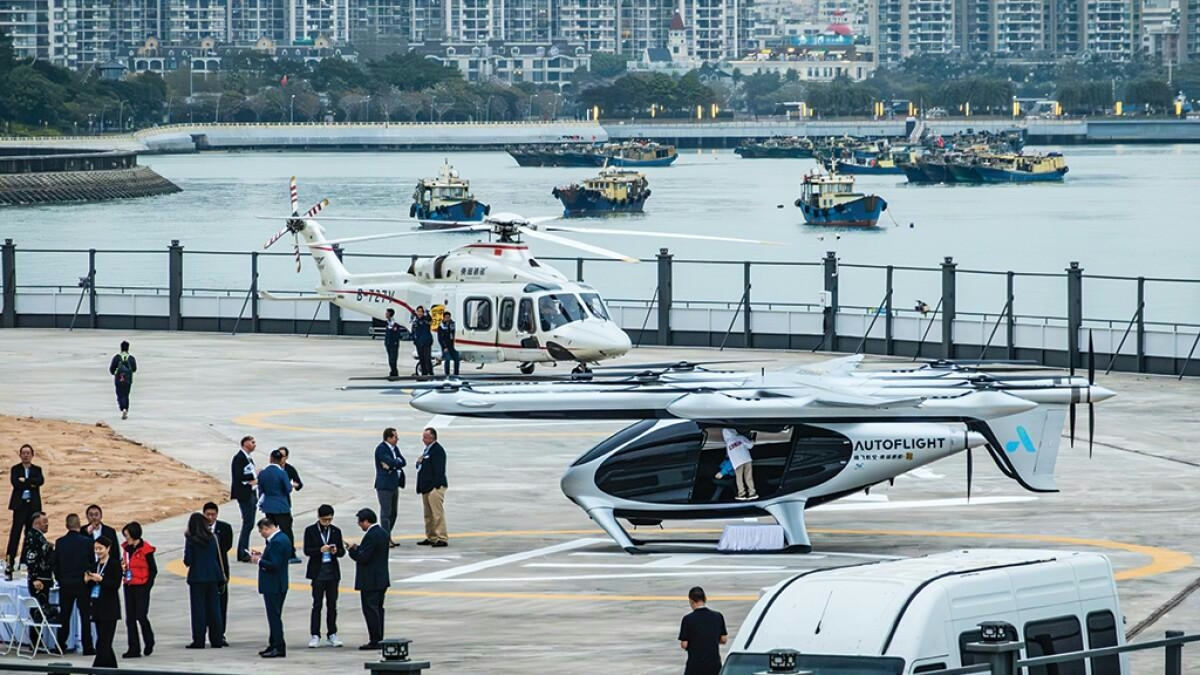
China’s Low-Altitude Economy Expands with Air Taxis and Drone Deliveries

Report Details Fiery History of McDonnell Douglas MD-11’s CF6 Engine
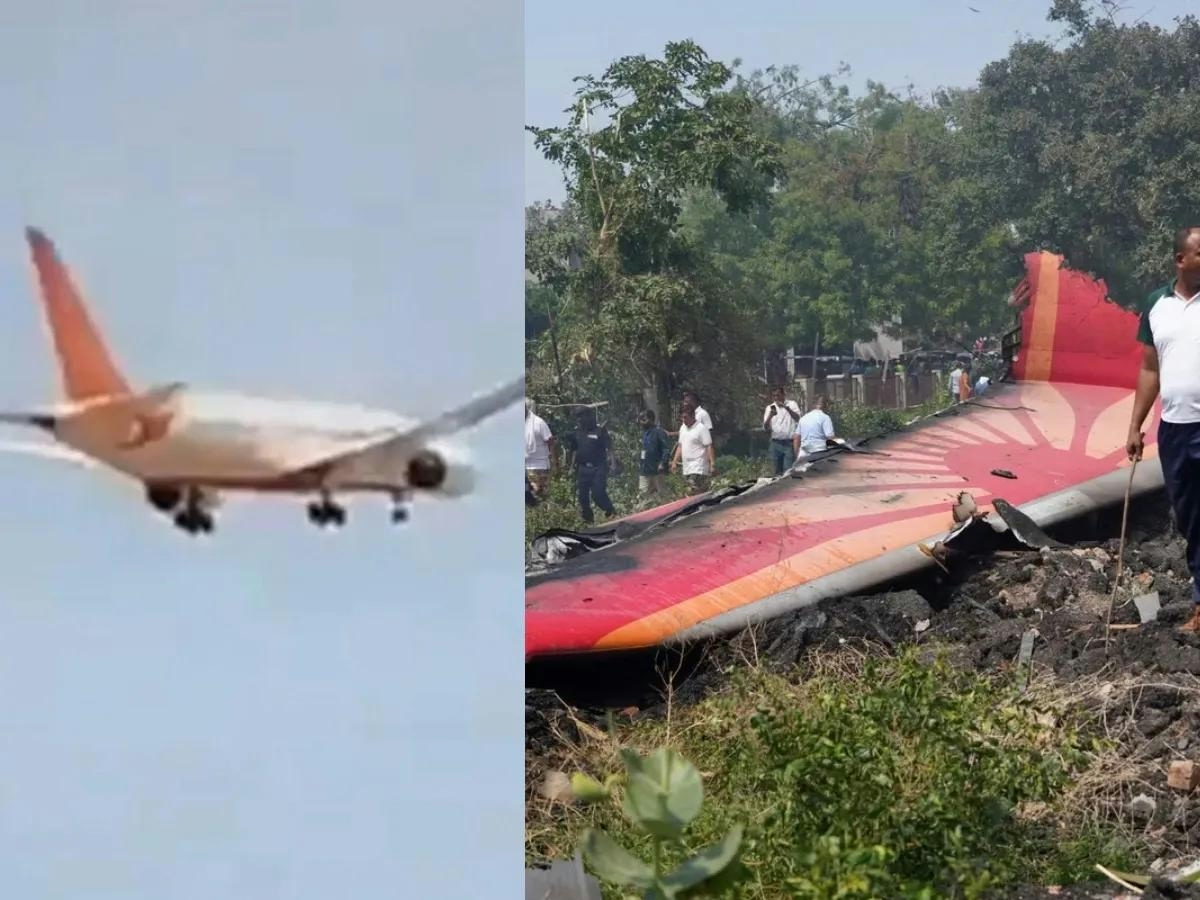
Supreme Court Rules Pilot Not Liable in Air India AI171 Crash

Huntington Beach Considers Vertical Taxi Pilot Program
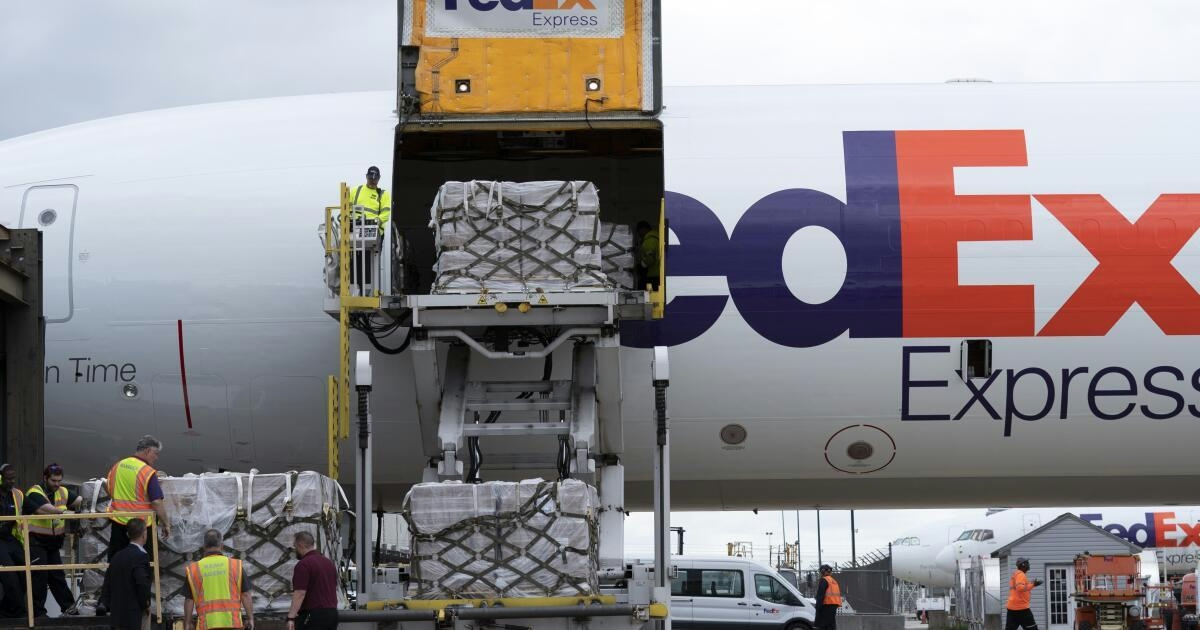
Flight Reductions Threaten Timely Delivery of Critical Goods to LAX and Other Airports
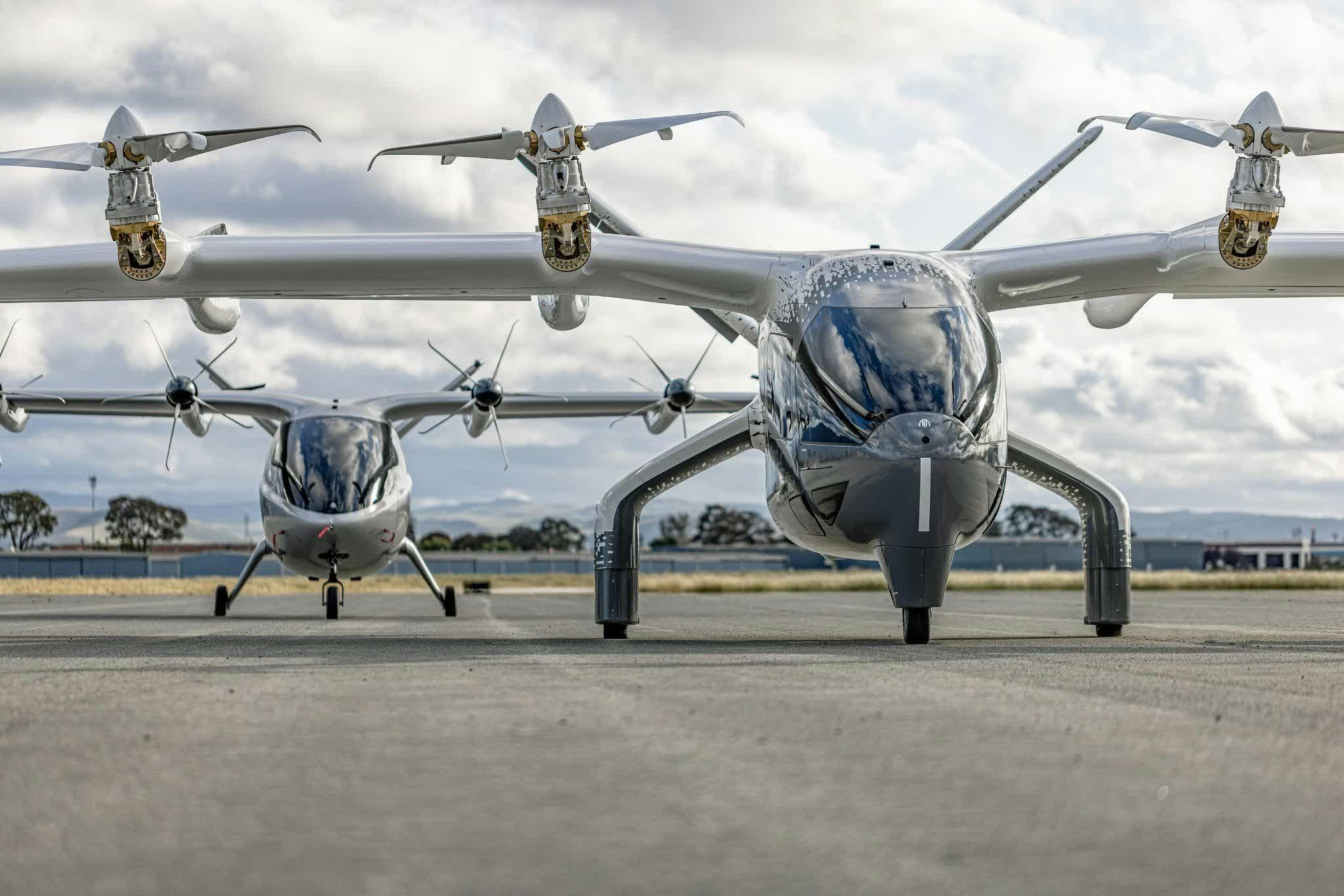
Archer Aviation Shares Decline Amid Market Volatility
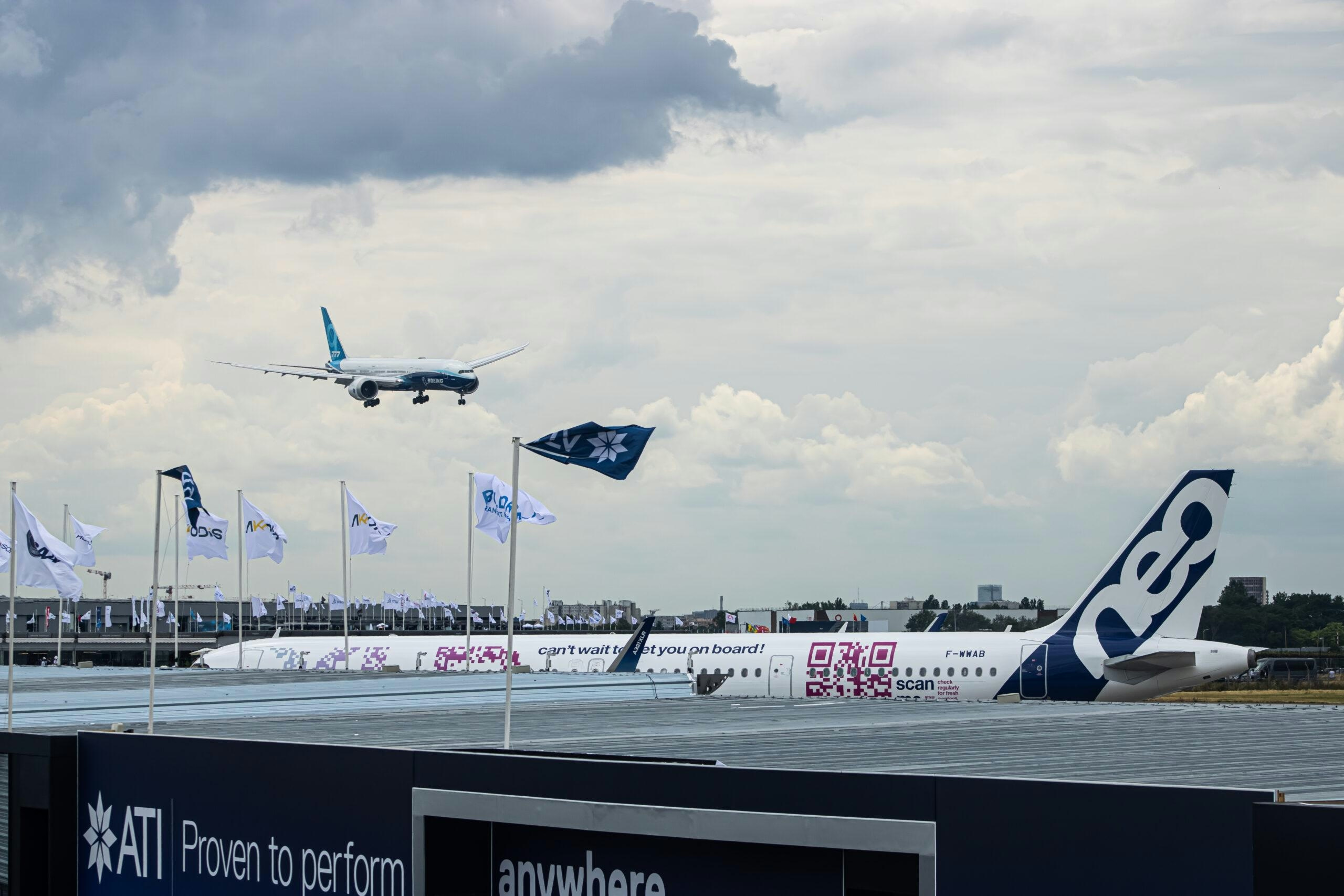
Airbus Secures Largest Aircraft Order of the Year
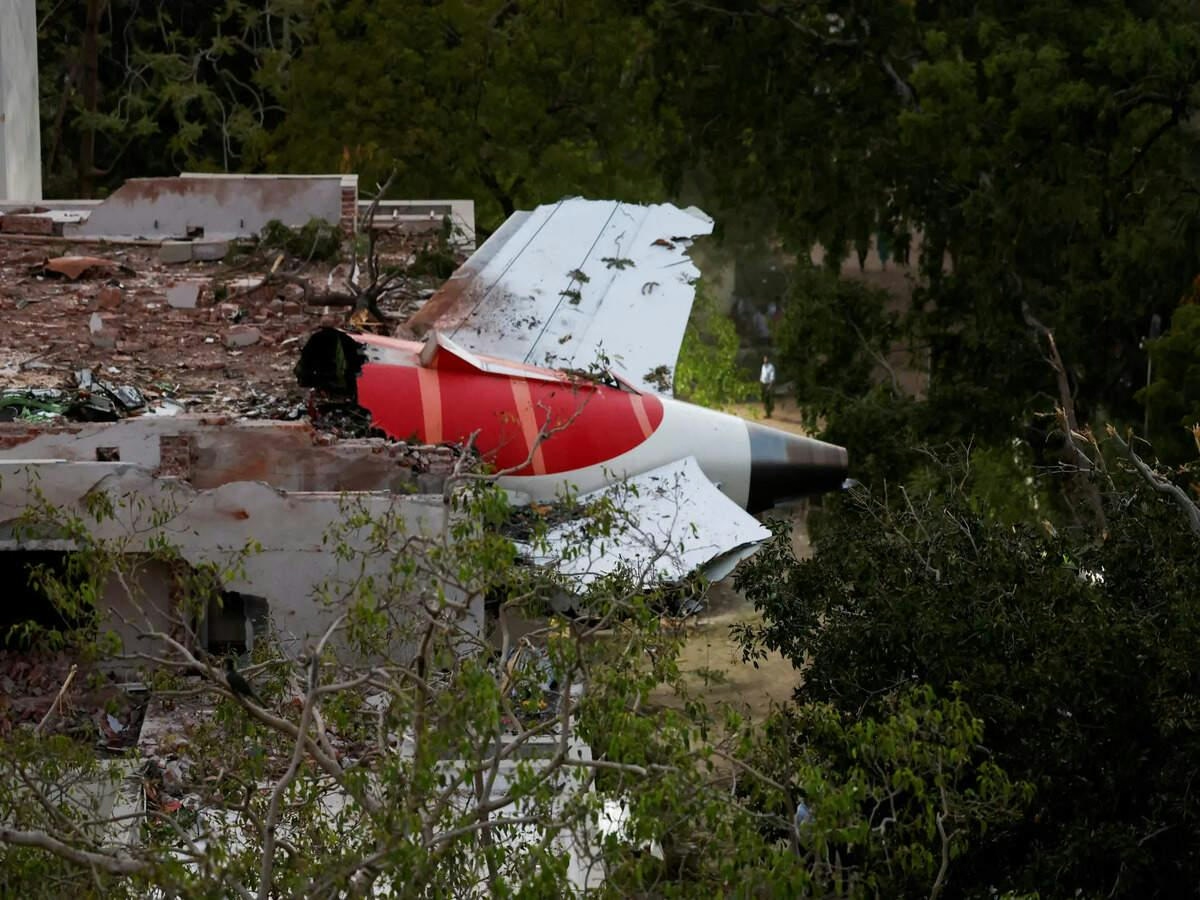
Debate Continues Over Responsibility for Air India Crash

Beta Electric Aircraft May Join Signature’s Florida FBO Network
